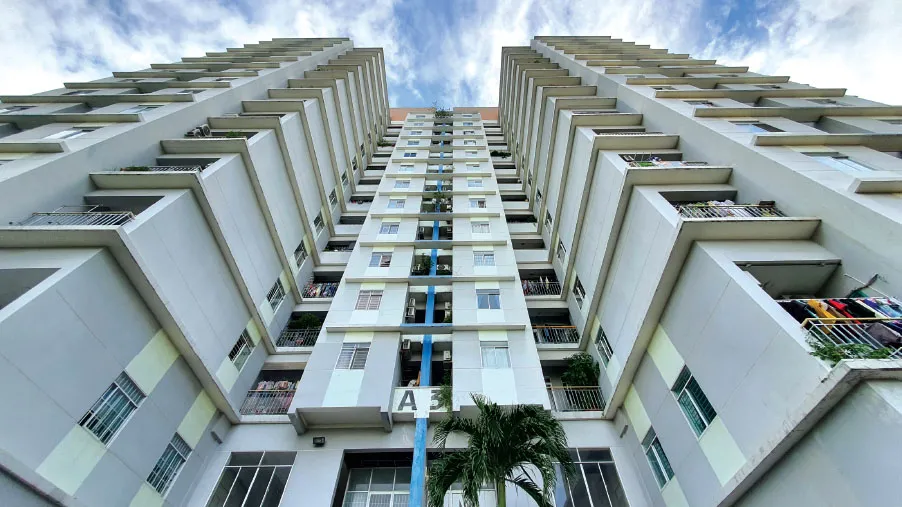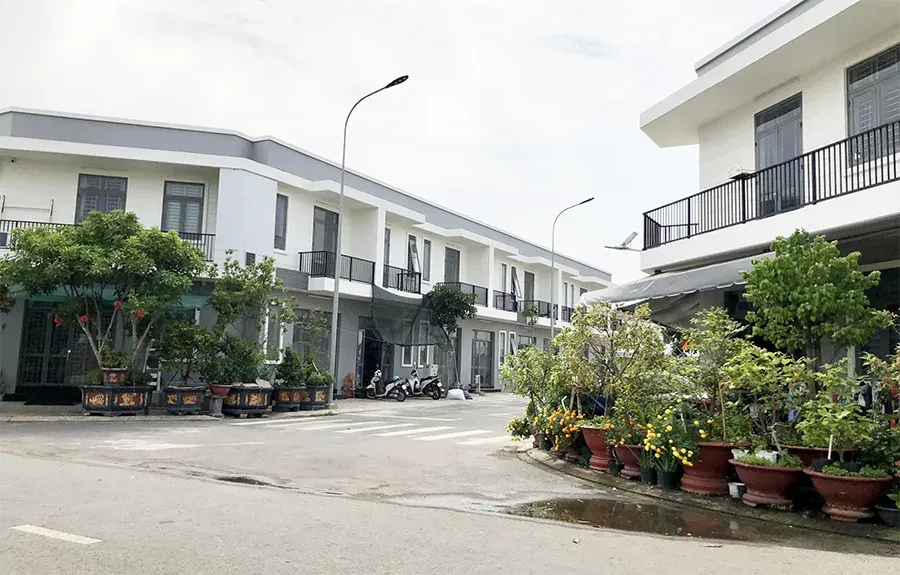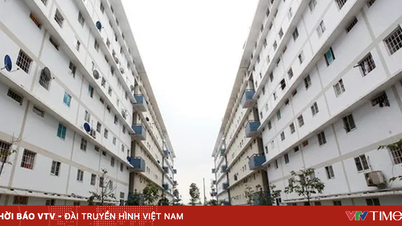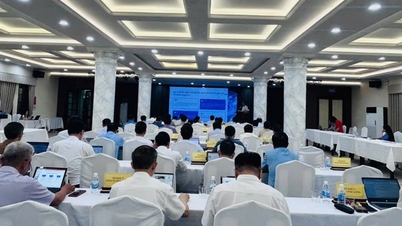
The Government has just issued a policy to raise the income ceiling to create more favorable conditions for people to buy social housing.
Decree 261, recently issued by the Government, marks a turning point in housing security policy, when it raises the income ceiling for social housing purchases – opening up more housing opportunities for millions of middle-class workers.
Dreams are coming true
In a small, damp alley after an afternoon rain in Ho Chi Minh City, Mr. Tran Van Toi - a worker in Tan Thuan Export Processing Zone - returns to his 15 m² rented room after a twelve-hour shift. After more than twenty years in the city, he still struggles with an income of about 20 million VND per month. Although he and his wife try to save, the dream of owning their own house is still far away.
Recently, a piece of good news has given Mr. Toi and many other workers more hope. The Government has just issued Decree 261, raising the income ceiling for buying, renting or leasing social housing to 20 million VND/month for individuals and 40 million VND/month for households.
“With the new regulations, my wife and I can register to buy social housing. Hopefully this Tet we will no longer have to celebrate Tet in our rented room,” Mr. Toi shared.

The new income ceiling will help people be more proactive in financial planning to buy a house.
Previously, many workers, although not able to afford to buy commercial houses, exceeded the social housing support ceiling. Raising the income threshold has opened the door for millions of people like Mr. Toi to access social security policies, making the dream of "settling down" a reality.
Ms. Lan Khue – an office worker in Saigon Ward, Ho Chi Minh City – was also excluded from the support list because her income exceeded the ceiling by several million VND. “I have worked for nearly ten years, my income has increased but the opportunity to buy a house is still far away. The new policy opens up real hope,” she said.
A boost to the development of the social housing market
According to the Ministry of Construction , urban housing prices in Ho Chi Minh City and Hanoi have increased by 30-50% in the past three years, while workers’ incomes have increased by only 10-15%. The policy of raising the income ceiling is an appropriate step to help narrow the gap between income and housing prices.

Thanks to this policy, social housing development enterprises can have the basis to build products that are more suitable to the actual needs of the market. In the photo is a housing area for workers of a construction enterprise in Ben Cat ward, Ho Chi Minh City.
The Vietnam Real Estate Association (VNREA) forecasts that the demand for social housing may increase by 20-30% next year, especially in industrial parks and satellite cities such as Ho Chi Minh City, Dong Nai, and Tay Ninh.
Mr. Le Thanh Tung - General Director of ID Homes Company - commented: "When buyers have better payment ability, social housing projects will be more attractive. Enterprises can design products that are more suitable to reality."
- Individual: ≤ 20 million VND/month
- Household: ≤ 40 million VND/month
(According to Decree 261/2025/ND-CP, issued on October 10, 2025)
Challenges in policy implementation
Despite the positive impacts, the biggest challenge lies in implementation. Experts warn that without close supervision, social housing could be transformed into an investment channel, losing its social security significance.
The review and publication of the list of buyers, the control of selling prices and rental prices need to be carried out transparently. The management agency also needs a reliable income determination tool to avoid the situation of "leaking" people who do not really need support.
Mr. Le Hoang Chau – Chairman of the Ho Chi Minh City Real Estate Association – assessed this as a “humane, timely and practical policy”. He believes that expanding the target group will create motivation for businesses to invest and develop a sustainable social housing market.
For the policy to be effective, experts suggest that it is necessary to simultaneously reduce construction costs, speed up licensing procedures, improve infrastructure and increase supervision of brokerage activities. When the process is transparent, social housing will truly reach people in need.
In the context of rapid urbanization and rising housing prices, raising the income ceiling in social housing policy is not only a short-term solution, but also a long-term social security strategy, helping to stabilize society and develop sustainably.
Millions of workers now have more hope for a real home – the condition to “settle down and make a living” in the heart of the city.
Readers are invited to read the next article: "Solving the social housing problem: How to put policies into practice?"
Source: https://vtv.vn/nang-tran-thu-nhap-mua-noxh-them-co-hoi-an-cu-cho-hang-trieu-lao-dong-100251014104457619.htm






![[Photo] Ready for the 2025 Fall Fair](https://vphoto.vietnam.vn/thumb/1200x675/vietnam/resource/IMAGE/2025/10/14/1760456672454_ndo_br_chi-9796-jpg.webp)
































































































Comment (0)